Accounts Payable Process Shenandoah, TX
By definition, accounts payable - AP in short - is the money a business owes to third parties, such as suppliers and other providers, for purchased items and services. In accounting, AP falls under expenses and gets recorded upon receipt of invoices based on the payment terms agreed between a company and suppliers.
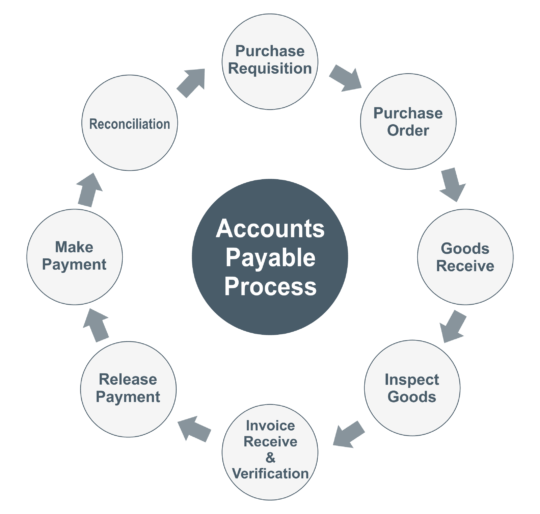
The Most Important Info About Accounts Payable Process
Accounts payables turnover is a key metric used in calculating the liquidity of a company, as well as in analyzing and planning its cash cycle. A related metric is AP days (accounts payable days). This is the number of days it takes a company, on average, to pay off their AP balance. The cash cycle (or cash conversion cycle) is the amount of.

A Guide to Full Cycle Accounts Payable Process Tipalti
Accounts payable is a broad term that can apply not only to transactions with external vendors but internal accounting matters such as expense account charges and more. To keep things simple, we'll focus exclusively on vendor transactions in this guide. However, many of the same principles apply to petty cash expenses.
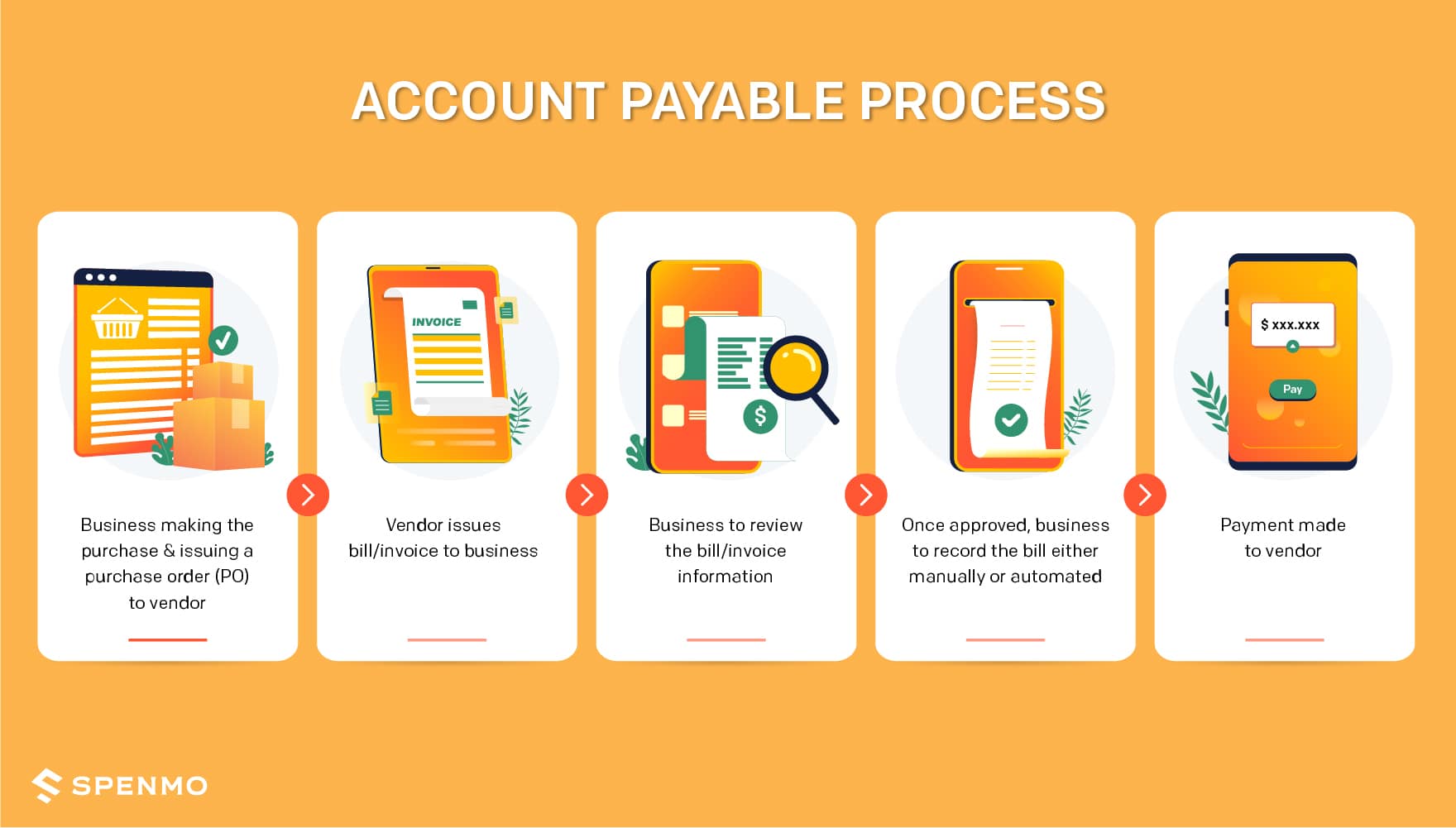
How To Process Accounts Payable Invoices
Accounts Payable Cycle Example. Let's create a more complex, illustrative example for a hypothetical company that must balance multiple accounts payable concerns, taking into account incentives for early payments, penalties for late payments, and weekly cash flow considerations.

What is Accounts Payable Process End to End Process of AP Zetran
Full cycle accounts payable, as the name implies, is the complete cycle that an accounts payable department goes through to complete and archive a purchase. From receiving and approving invoices to paying vendors and suppliers for their goods and services, the AP process is critical to any business.

PPT Accounts Payable Transaction Processing PowerPoint Presentation ID4613822
Accounts payable refers to the amount of money a business owes to its suppliers and vendors for goods or services received. This can include things like inventory, raw materials, utilities, rent, and other business related expenses. Accounts payable is a liability on your balance sheet because it represents debt you owe to others.
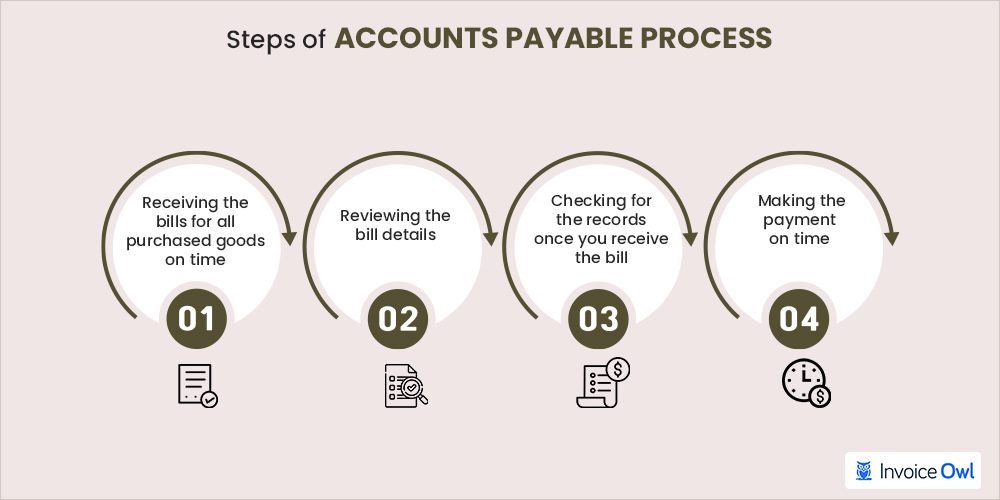
What is the Accounts Payable Process? Definition & Guide (2022)
Accounts payable (often abbreviated as "AP") is a general ledger account that captures short-term payments owed to creditors, suppliers and vendors. Accounts payable are considered a current.
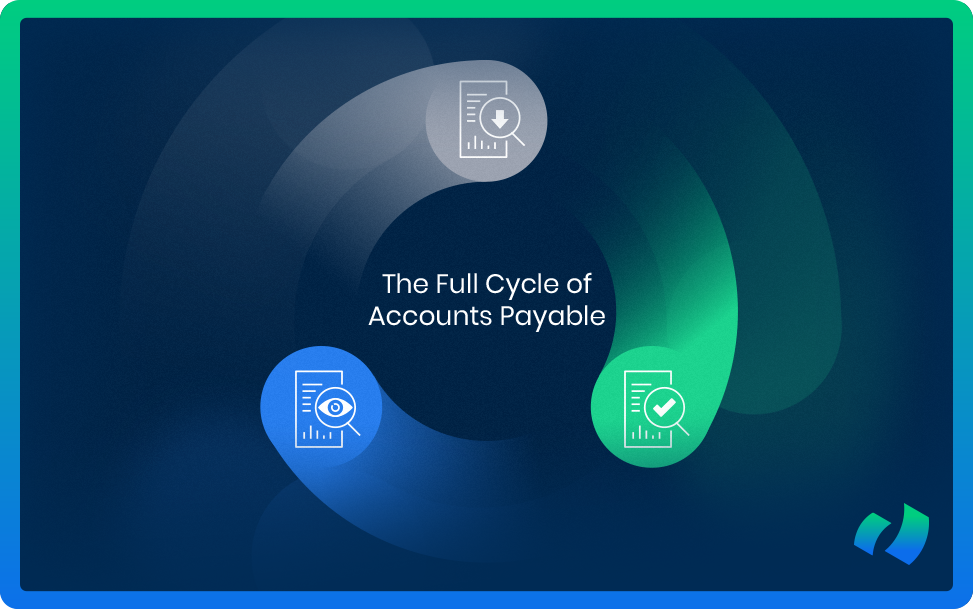
What Makes The Full Cycle Accounts Payable Process?
What is the Full Cycle of Accounts Payable? The full cycle of accounts payable is an accounting process in which businesses manage and track payments made to suppliers for goods and services from the ordering process up until the payment.
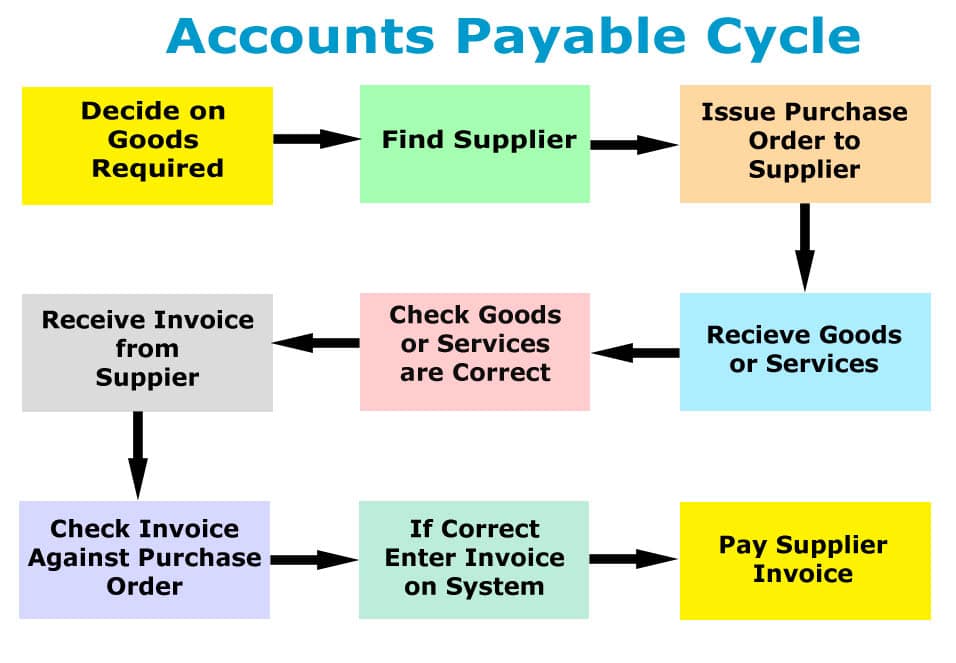
Accounts Payable Ledger 9 Steps Accounts Payable Cycle
The accounts payable (AP) process involves the management and execution of the company's short-term payment obligations to vendors/suppliers. Having a streamlined accounts payable workflow improves the transparency and accuracy of buyer-supplier transactions. The accounts payable process is an important part of the procure-to-pay process.
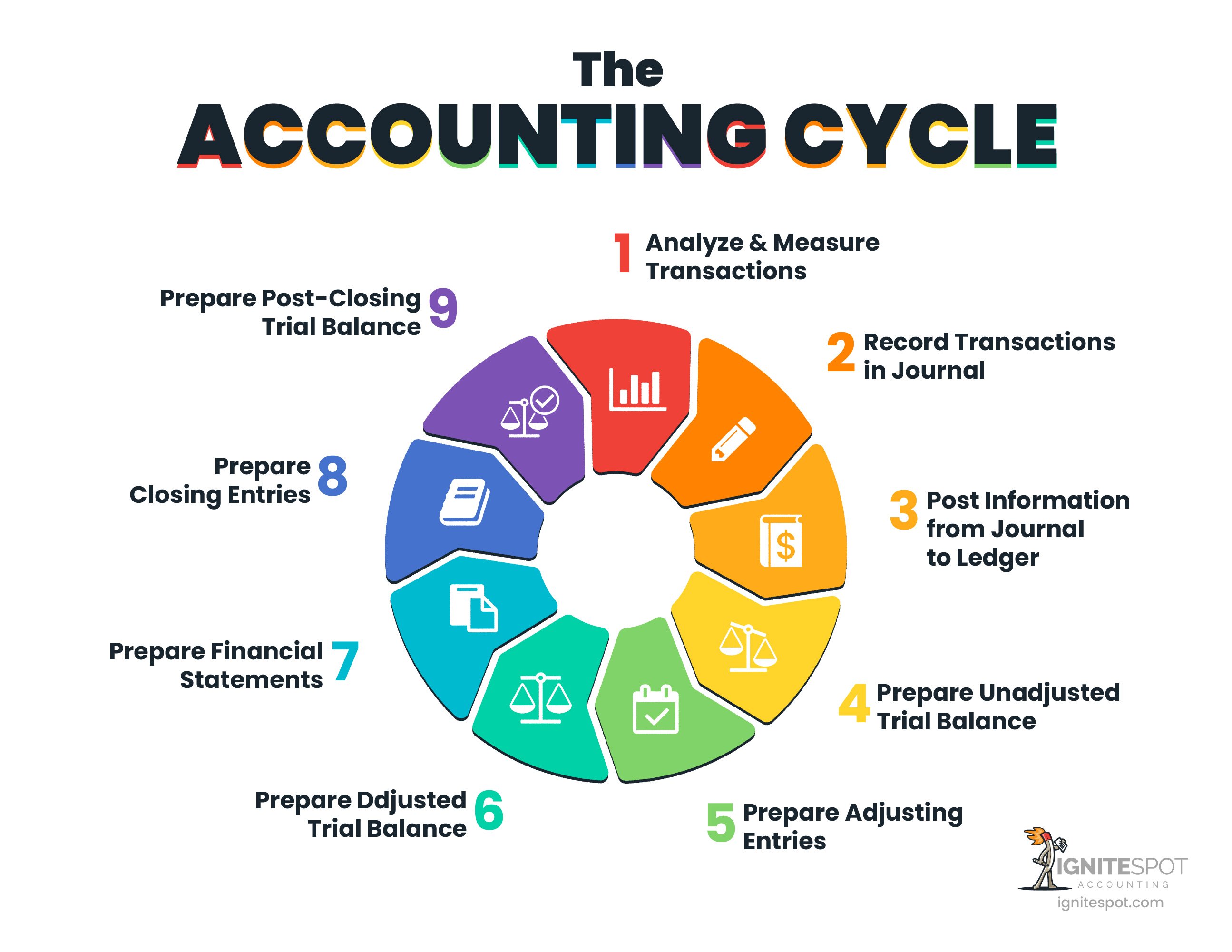
Basic Accounting The Accounting Cycle Explained
Accounts payable refers to the money your business owes to its vendors for providing goods or services to you on credit. Typically, these are the short-term debt that you owe to your suppliers. In other words, the total amount outstanding that you owe to your suppliers or vendors comes under accounts payable.
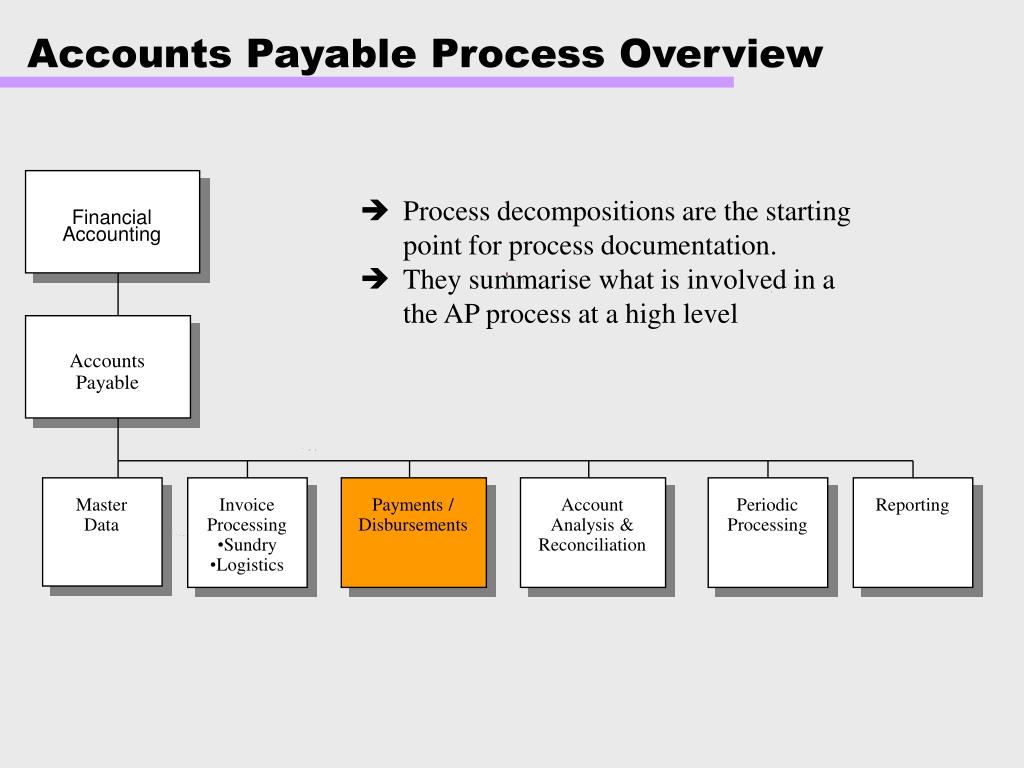
What Is A Settlement Run Accounts Payable
Accounts Payable Cycle refers to the process that must be followed, especially by the production, purchase, and accounts payable division of the company, to complete a purchase of goods & services. The step involves all the essential activities necessary to complete a purchase in a business.

Accounts Payable Process 2022 Guide frevvo Blog
The accounts payable process is responsible for paying vendors for goods and services purchased by a company. While the complexity of the length of this cycle may differ from one company to the next, the following necessary steps are generally present in some form.
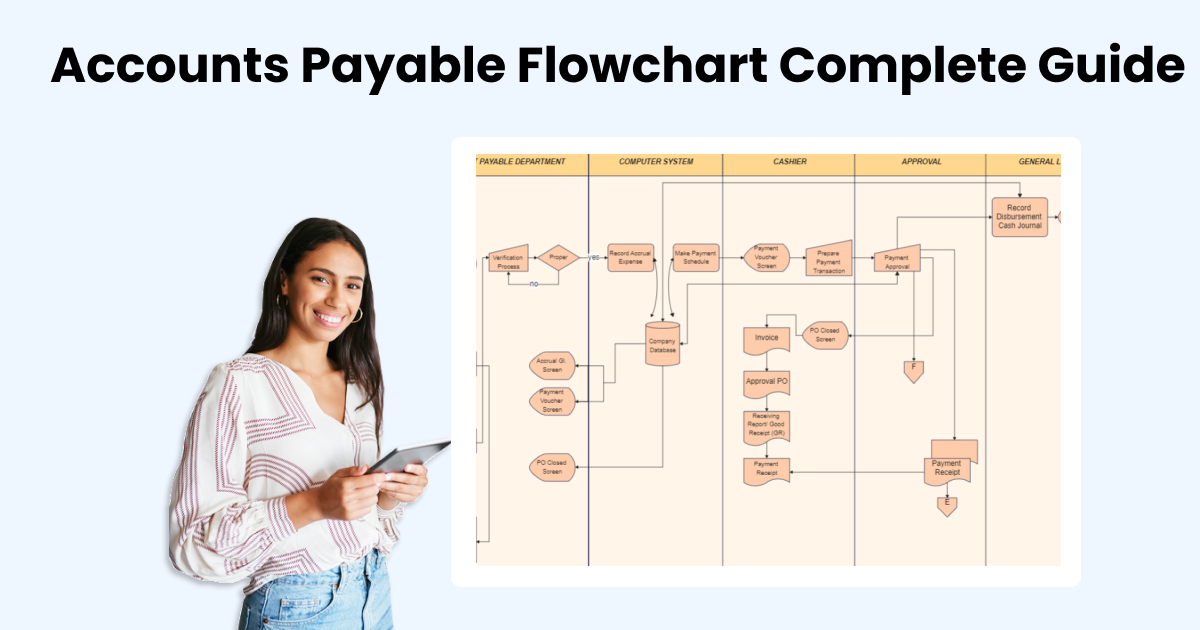
Improve Your Accounts Payable Process with Flowcharts (Examples Included)
Invoice: Confirm the amount you owe and the payment terms. Once you ensure the invoice is correct and approve it, you can record the invoice information in your accounting software, including the invoice number, the amount due, and the due dates. Step 4. Process payment for outstanding invoices. After verifying the accuracy of your invoices.
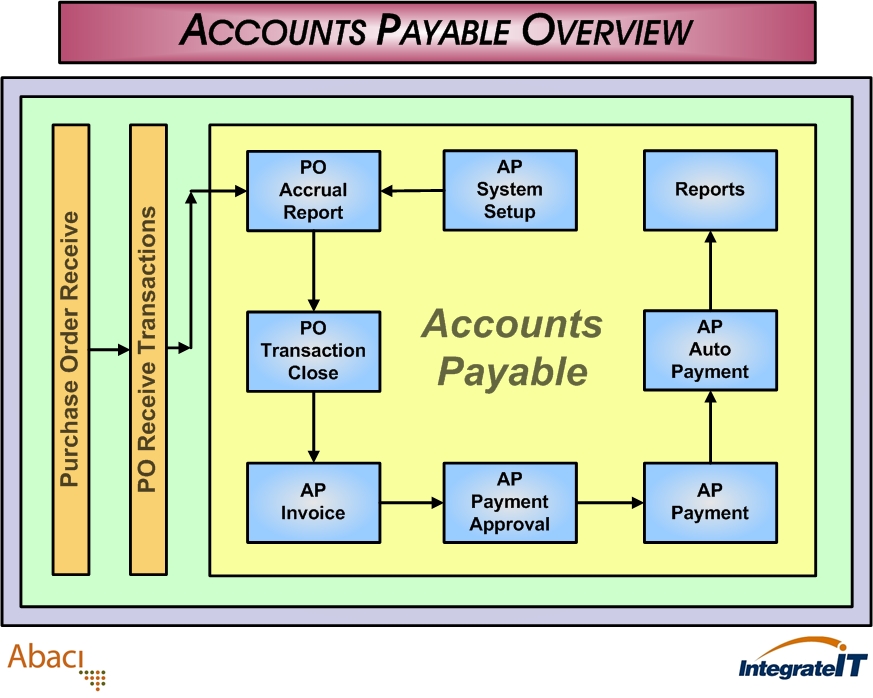
accountspayableoverview ERP123 A Better Approach to ERP
The full-cycle accounts payable cycle runs through several steps - from when you first get quotes right through to approving and executing payments. Why it matters Paying bills on time keeps suppliers sweet - and happy suppliers often reward customers with on-time-payment discounts or longer payment terms.
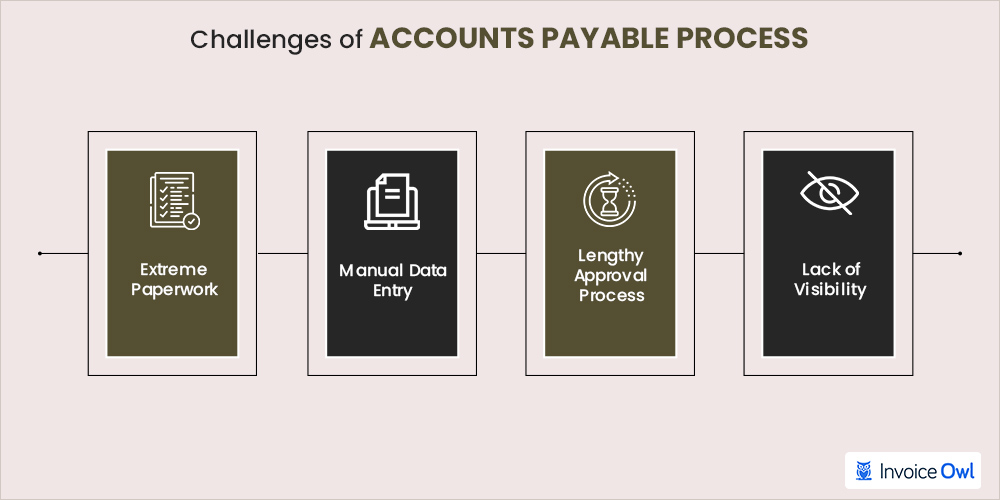
What is the Accounts Payable Process? Definition & Guide (2022)
Full cycle accounts payable begins in each department when procurement has gone through the steps to procure a good or service from a vendor and accounts payable has received an invoice. Accounts payable then verifies the invoice is valid and goods have been delivered, then pays the invoice. Full cycle accounts payable is also an umbrella term.
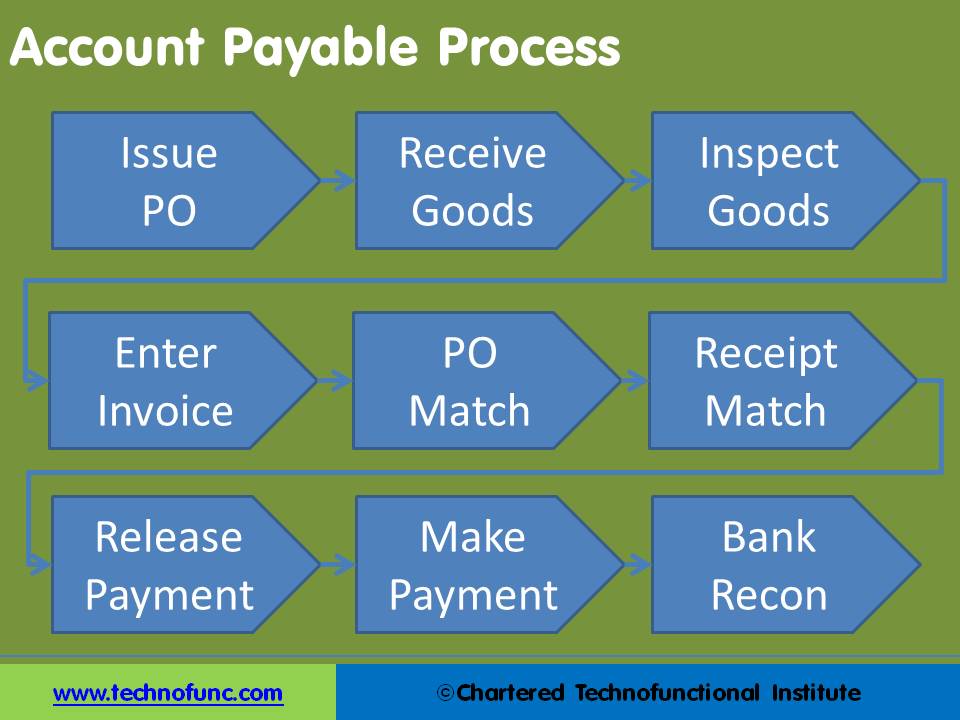
TechnoFunc Account Payable Process
Accounts Payable cycle, also known as 'Procure to Pay' or 'P2P cycle, is a series of processes involving the company's purchase and payments department and carrying out all necessary activities from placing an order to suppliers purchasing goods and making final payments to the suppliers.